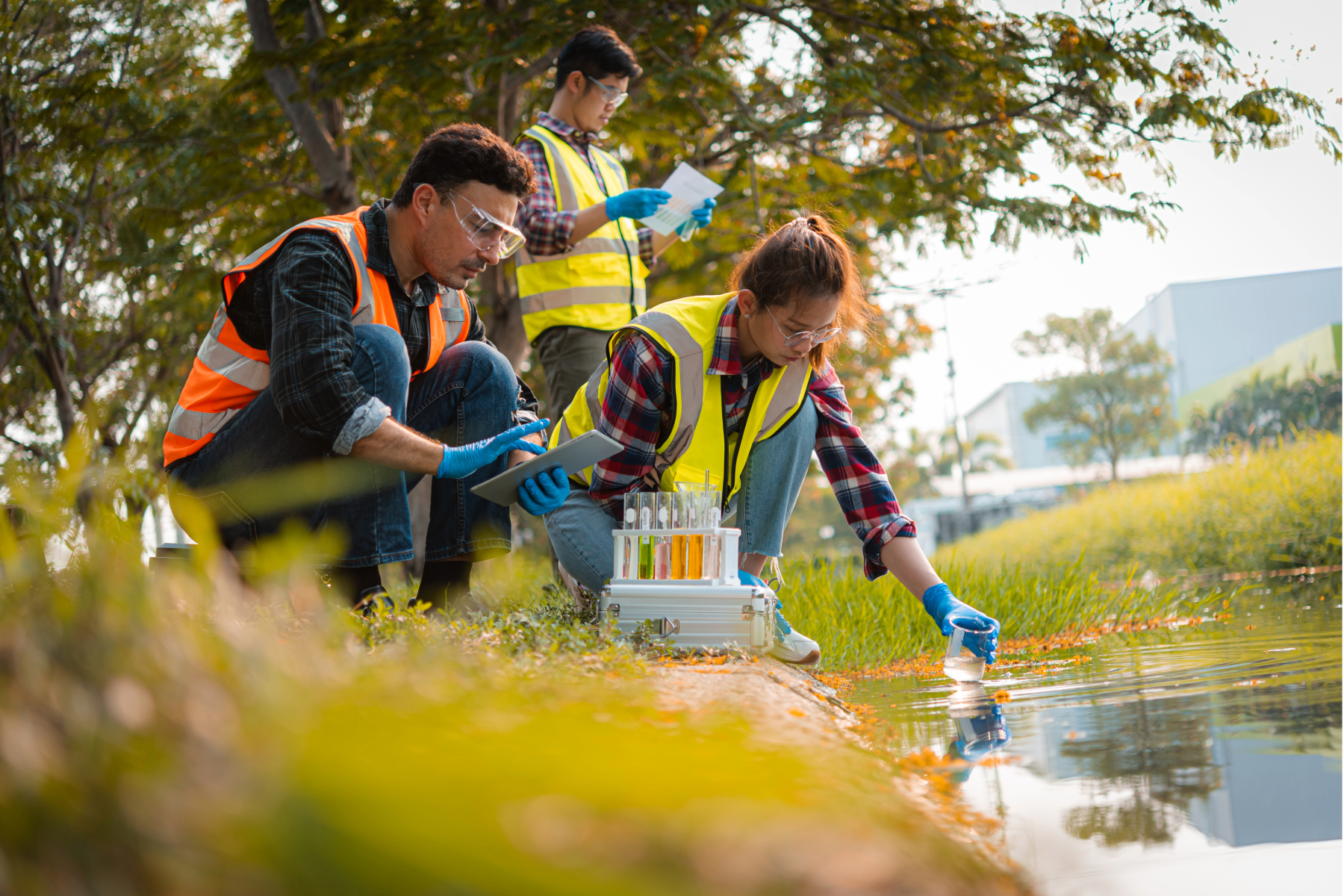
Understanding Water Quality Education in After-School Programs
Detailed Insights & Information About Integrating Water Quality Education Into After-School Programs
Water quality education in after- school programs focuses on teaching students about the importance of clean water, the factors that affect water quality, and the methods used to monitor and improve it.
This education is crucial for fostering environmental awareness and responsibility in young learners. Integrating water quality education into after school programs provides a unique opportunity to engage students with hands-on learning experiences. These programs help children understand the critical role of water in ecosystems, human health, and the environment, and inspire them to participate in conservation efforts.
This cluster content page is part of AES’s broader environmental education initiative, which includes various aspects of ecological and environmental studies designed to enrich after-school programs. For more in-depth information, visit our After-School Programs Pillar Page.
Implementing Water Quality Education in After-School Programs
Successfully integrating water quality education into after school programs at Adventure Education Solutions (AES) involves a structured approach that includes curriculum development, interactive activities, and community involvement. This section will delve into how AES implements these elements to create a comprehensive, engaging, and effective water quality education program for students.
-
Project Learning Tree: AES utilizes the Project Learning Tree curriculum, which is a STEM-based educational program that covers various environmental topics, including water quality. This curriculum is designed to be interdisciplinary, incorporating science, math, technology, reading, writing, and social studies.
Thematic Units: The curriculum is divided into thematic units such as the water cycle, sources of water pollution, and water conservation. Each unit includes detailed lesson plans, hands-on activities, and assessment tools to measure student understanding and progress.
Capstone Projects: At the end of each nine-week program, students complete capstone projects that showcase their learning. These projects often involve research, presentations, and practical conservation efforts such as water testing or developing water conservation plans for their school or community.
-
Water Testing: Students engage in water testing activities where they learn to test for various water quality parameters such as pH, turbidity, dissolved oxygen, and the presence of nitrates or phosphates. These activities provide practical experience in scientific methods and data analysis.
Field Trips to Water Bodies: Regular field trips to local rivers, lakes, or wetlands allow students to conduct real-world water quality assessments. These trips provide an understanding of local water ecosystems and the factors that affect them.
Modeling Watersheds: Students create physical or digital models of watersheds to understand how water moves through different terrains and how pollutants can enter water systems. This helps in visualizing the impact of human activities on water quality.
-
Partnerships with Local Organizations: AES collaborates with local environmental and water conservation organizations to enhance the after school programs. These partnerships provide additional resources, expertise, and opportunities for students to participate in broader community water conservation efforts.
Family Engagement: AES encourages family involvement in water quality activities. Workshops and events are organized where students can bring their families to participate in water testing, clean-up projects, and conservation initiatives, fostering a community-wide commitment to protecting water resources.
Public Awareness Campaigns: Students are involved in public awareness campaigns to educate their communities about water quality issues. This could include creating informational posters, writing articles for local newspapers, or giving presentations at community events.
-
Citizen Science Projects: Students participate in citizen science projects such as monitoring local water bodies and reporting their findings to national databases. This activity not only helps scientists but also teaches students the importance of data collection and its role in environmental conservation.
School Rain Gardens: AES helps schools create rain gardens that absorb rainwater runoff, reducing pollution in nearby water bodies. These gardens serve as a hands-on learning tool for students to understand water filtration and the benefits of green infrastructure.
Water Conservation Initiatives: Students are involved in projects aimed at reducing water usage in their schools and homes. This includes installing water-saving devices, promoting water-efficient practices, and conducting water audits.
By implementing these strategies, AES ensures after-school programs are not only educational but also inspiring and impactful, shaping the next generation of environmental stewards.
Water quality education is a foundational component of environmental education, emphasizing the essential role of water in ecosystems and human health. By integrating water quality lessons into after-school programs, AES helps students understand the broader concepts of environmental science and sustainability. These educational efforts align with AES’s mission to foster a connection between students and the natural world through hands-on experiences.
For more comprehensive insights, visit our After-School Programs Pillar Page.
Key Takeaways
Takeaway 1: Understanding water quality helps students appreciate the importance of clean water for ecosystems and human health.
Takeaway 2: After-school programs that include water quality education can enhance students' scientific skills and environmental awareness.
Takeaway 3: Hands-on water quality projects inspire students to become active participants in environmental stewardship.

FAQs
Visit our After-School Programs page for more details.
-
Integrating water quality education into after school programs can be achieved through hands-on activities, educational workshops, and partnerships with local environmental organizations. It's important to make these activities engaging and relevant to the students' local environment.
-
Involving students in water quality projects can enhance their academic performance, personal development, and environmental awareness. It fosters a sense of responsibility and empowers students to take action in protecting water resources.
-
Numerous resources are available, including curriculum guides, partnerships with local conservation groups, and online platforms that offer interactive activities and educational materials.


